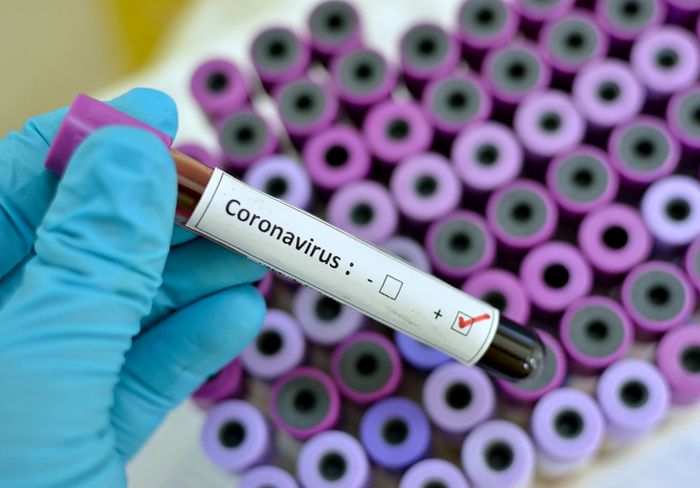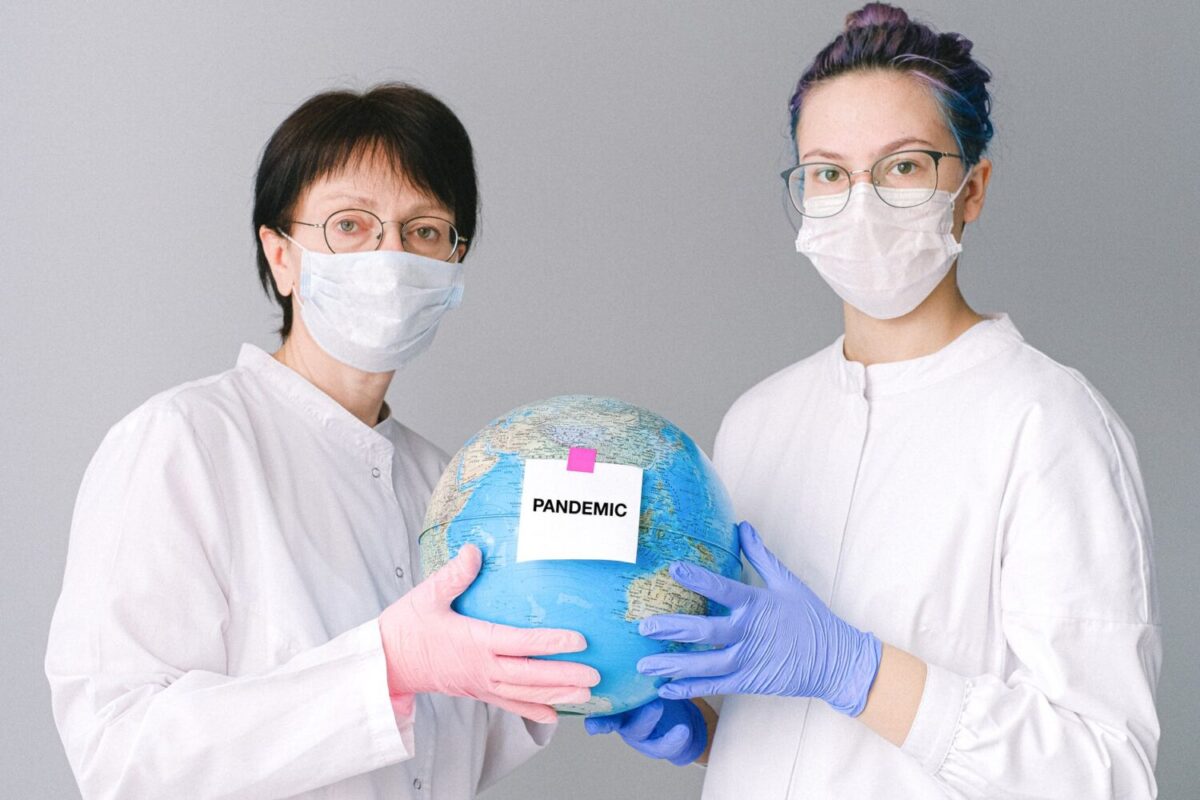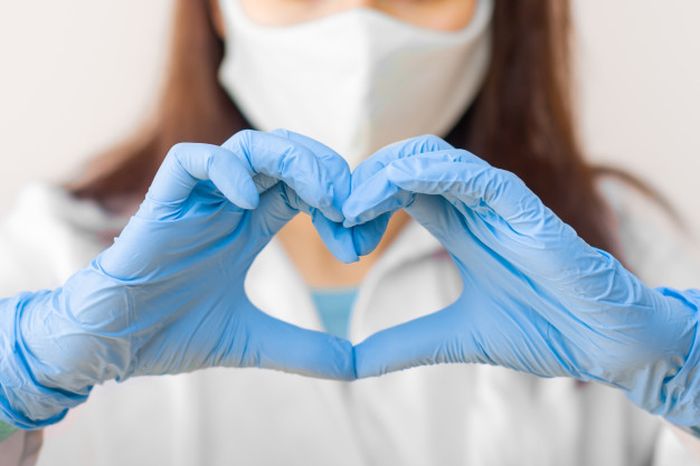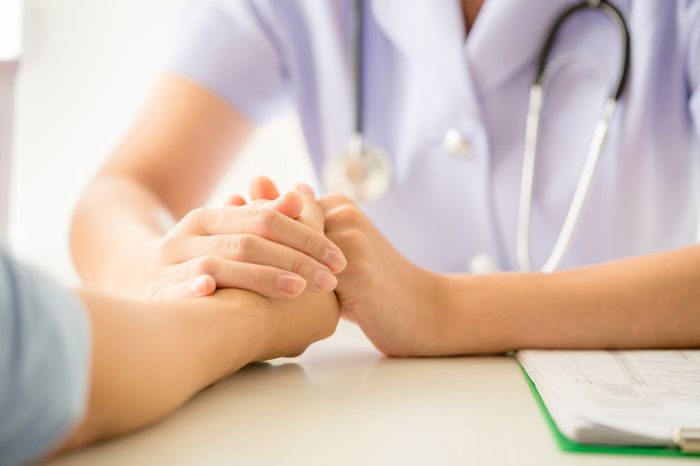
Practically overnight, the threat of COVID-19 dramatically changed U.S. healthcare and how businesses in the industry operate. The pandemic, in the words of a monthly report by the McKinsey Company, signified “the great reset,” the negative financial effects of which may take years to fully appreciate.
Pressing the reset button means not just ending the old “normal” but inventing a new normal for how to run healthcare systems. This task isn’t easy, but it can reap valuable lessons—about how to continue to serve patients and the community with excellence while staying financially solvent and caring for employees. The following advice may help….
Review and Increase Infection Control Practices
The first major change in operations: Implement a rigorous protocol for preventing the spread of the virus and protecting patients and staff, by consulting the Centers for Disease Control’s (CDC) website. To illustrate this point, having the right sanitation supplies and equipment is key to effective infection control; thanks to the CDC’s list of approved disinfectants, you don’t have to waste valuable time wondering what cleaning agents you should be using.
In addition to EPA-registered disinfectants, the CDC website provides directions on how to clean your facility. Having a 24/7 housekeeping service that follows these guidelines is also important.

Institute Accountability and Educate Employees and Patients
The term “accountability framework” describes a managerial initiative through which every member is responsible for their actions or decisions: It takes a village to prevent community spread, and if one person doesn’t do their part, they can infect everyone. The framework is a helpful way to contextualize employee training and education regarding the virus. Without that accountability, after all, no amount of education about COVID-19 will really help.
Imparting an accountability framework can happen concurrently, as you educate your employees about risk mitigation strategies, new cleanliness initiatives, and infection control expectations. If employees or patients are expected to wear masks and sanitize their spaces, they need to know how—and, they need to be equipped with the right PPE and sanitation supplies. In other words, employers need to make it easy for employees to clean up after themselves, by:
- instituting clear requirements for cleaning one’s own work area
- providing easily accessible sanitation supplies throughout work locations
- increasing sanitation activity throughout the day
And, while the term “Big Brother” can have negative associations, within the context of a pandemic, a watchful management style and anonymous reporting of non-compliance is the linchpin of an effective accountability framework. Employees and patients need to know that organization is taking its pandemic response seriously.
Encourage Mask Use and Employee Competency with PPE and Other Safety Information

“Personal protective equipment” (PPE) refers to helmets, goggles, or other garments or equipment that are supposed to protect the wearer from injury. In the COVID era, PPE— at a minimum—refers to masks that shield the mouth and nose. (Healthcare workers exposed to known cases of the virus must abide by much stricter PPE requirements, according to the U.S. Department of Labor.)
When both employees and patients wear masks, the risk of community spread is significantly reduced. When masks are not universally utilized, the risk of spread increases significantly. Mask use is one of the best mitigation tactics available to protect against COVID-19.
When trained, employees and patients need to know the local requirements regarding mask use, how to properly use PPE, and the benefits of using PPE to protect themselves, their colleagues, patients, and loved ones. (With respect to this last point, it’s critically important to address at-home behaviors; they have direct bearing on the health and safety of others in the workplace.) After their training, employees should be assessed for ongoing competency. Employees need to sign a statement acknowledging they have received training in and understand the new policies and procedures. The reinforcement of procedures needs to be established with management, supervisors, and monitored for compliance at regular intervals
Employees and patients also need to know the types of approved PPE (according to the CDC), and signs and symptoms of COVID-19, what their level of risk is, the pre-existing conditions that can make them more susceptible to the virus, and what they can do to protect themselves.
Ensure a Well-Equipped Workplace with Reminders About Good Hygiene

After training employees, consider reinforcing key points to ensure they stick. One way to help employees and patients continue to prioritize good hygiene and cleanliness is to place visual reminders (to wash hands, wear masks, etc.) throughout the workplace. Another strategy is to have employees sign-off that they received PPE that day.
An essential component of a well-equipped workplace is the equipment itself. If you’re going to require employees or patients to wear masks, then it’s a good idea to have plenty on hand and accessible, as well as other adequate PPE and hand sanitizer.
Institute Social Distancing Where Applicable and Maintain Quarantine Areas
No two healthcare facilities are alike. Do what you can, within your constraints—beginning with a serious evaluation of your layout and demographics. These guidelines can help you chart a course that will be as safe as possible for your employees and patients:
- Try to limit patients’ or staff’s travel throughout the facility.
- Avoid grouping people together who aren’t typically together.
- Segregate by cohort, so that the same staff work with the same patients.
- Reduce group sizes for both employees and patients to a number that makes it possible to adequately socially distance.
- Spread out patients’ beds and office spaces where applicable.
- Reduce as much as possible enclosed or close-proximity meetings or visits that don’t allow for the wearing of a mask.
It’s critically important to maintain both quarantine and isolation areas for patients who are exhibiting symptoms or have exposure. Isolating at-risk patients from the community is a vitally important step to reducing community spread or transmission.
Screen All Visitors, Vendors, Patients, and Staff

Anyone who comes through the door could be carrying the virus, so universal screenings of all visitors, vendors, patients, and staff can provide additional protection for patients, staff, and the community.
According to the CDC, in-person health screens are considered an active strategy. The most accurate screening should include a temperature reading with no touch thermometers, symptom questionnaires and answers to questions about a person’s level of exposure to the virus. If they don’t have a temperature and none of their answers raise flags, they can enter the building—provided they wear a mask. (If they don’t have a mask, they should be given one.) Be sure to have a qualified employee, (i.e. Registered Nurse) conduct the screen.
When a staff person doesn’t pass the screening, they should be directed to Human Resources for further instruction about when they can return to work. If a patient does not pass their screen, he/she is placed in isolation until results of a negative test. It’s also important to have a self-report mechanism in place whereby an employee can let HR know whether they have been exposed. A centralized clearinghouse for evaluation and follow-up is very important to avoid miscommunication or clearance when there are red flags.
Workplaces may also implement a passive strategy, which includes workers self-assessing for COVID-19 symptoms including their conducting their own temperature checks. Should they have symptoms, workers are to inform human resources remotely, not report to the health facility, and receive an immediate assessment with follow-up actions. A combination of both active and passive strategy helps substantially mitigate exposure risk to COVID-19.
For new, incoming patients, the screening protocol should be rigorous. A pre-screen of all patients, whether out-of-state or local, is a good rule of thumb, followed by a second screening at the time of admission. Please refer to the screening guidelines outlined by the CDC.
Obtain Instant Tests and Find a Lab with Quick Turnaround for Results

If you’re able to test for COVID, testing is very valuable and constitutes another important element of an effective operational response. Say, for example, an employee shows up to work with a temperature. They may also report having been exposed to the virus. At that point, it’s fair to say they are “at risk” of COVID and ideally should be immediately tested.
Because it can be 1-5 days before test results come back, in the interim that person should be instructed to quarantine. (At-risk patients should be placed in quarantine until their test results come back.) When there’s evidence of a negative test result, they can come back to work or resume clinical programming.
The earlier and more frequently you test, the better able you can limit community exposure and spread. Keep in mind that the timing of when you test someone is important: A person may show symptoms of the virus but not actually test positive for as long as 14 days; consequently, test results that occur within this window aren’t necessarily conclusive, making strict precautions in the interim extremely important.
Even with this limitation, early testing and early results can go a long way in preventing the potential spread of COVID. If your organization is economically able to support weekly testing for all employees with quick turnaround times, this can be one of the strongest mitigation strategies available for healthcare providers.
Conduct Contact Tracing

The CDC provides helpful guidelines for how to conduct contact tracing. Let’s return to the hypothetical example of an at-risk employee who reports to having been exposed to the virus. Their employer and HR should immediately follow up with more questions to better gauge their degree of exposure (this is not a complete list):
- Where were they exposed?
- Was the exposure within your healthcare facility or somewhere else?
- Was the event indoors or outdoors?
- Do they have any symptoms?
- Were they utilizing appropriate PPE during the exposure?
- Were they utilizing appropriate PPE at work?
- Do they exercise good hygiene and sanitation practices?
- Were they within six feet of anyone throughout the past 72 hours?
- If contact was made with others, who were they?
Answers to these and other questions can help determine the level of exposure and the amount of contact tracing that needs to take place. From this process, management can make better informed decisions on the next steps.
Stay Up to Date on Current Trends and Continuously Evaluate Their Impact

One thing is certain about this virus: the uncertainties it has created aren’t going away any time soon. Both its on-the-ground infection rates and what we know about it are constantly evolving, so organizations have to be nimble in their response. Take the guidelines for assessing COVID-19, for example. Today’s assessment contains more questions than earlier versions, so businesses that want to minimize the prospects of liability litigation will stay up to date on changes to the assessment.
Document Everything
For similar reasons, healthcare businesses will also want to document every single thing that happens in their facility related to COVID-19 (procedures, vitals, test results, etc.). Should someone get the virus from your facility and spread it, the first thing a plaintiff and their lawyer will want to look at in the courtroom is your procedures and whether you were implementing them.
Concluding Tips for Managing Employees
Naturally, the impact of COVID extends to the question of how to manage employees. Some concluding remarks here:
- Where you can, encourage employees to work remotely and give them the equipment they need to be effective in their job while working from home. You may find that many of your employees don’t need to be in the office every day—especially if you know they’re capable of working independently. Consider also establishing some clear monitoring tools and standards to ensure productivity.
- Understand the paid leave requirements of the “Families First Coronavirus Response Act” (FCCRA) and its implications for your employees. The FFCRA applies to all private employers with fewer than 500 employees. Under the terms of the FFCRA, an employee who is unable to work because they are quarantined or experiencing COVID symptoms qualifies for two weeks of paid sick leave (at their regular rate of pay). If an employee is unable to work because they are caring for a sick family member, they are qualified to receive two weeks of paid sick leave (at two-thirds their regular pay rate).
- Incentivize work for your essential workers. It’s understandably scary to be caring for patients in the context of COVID. The stress and trauma can put an incredible strain on physical and mental health. (Read about mental health and addiction treatment at FHE Health.) It’s therefore only right, as well as a good business practice, to offer hazard pay to doctors, nurses, techs, and other essential medical professionals—and, to make sure they have full PPE on the floor. Be prepared that even with these incentives your medical staff could dwindle and have feelers out for replacement staff just in case.
- Manage mental health problems, negative morale and issues of fairness. COVID-19 has put a significant mental strain on workers and their families. Having supportive counseling options through Human Resources helps show your employees that you care and that you support them. In addition, hazard pay and other positive incentives for staff who can’t be remote are a good way to manage employee concerns about fairness and low morale. Be sensitive to these sorts of issues and proactive in addressing them. A sense of equity and transparency—and the reassurance that you understand employees’ concerns and value their work and their wellbeing—can be a buoy through the storm.
- If you’ve been negatively affected by the economic downturn, seek financial assistance through resources like the Paycheck Protection Program. The program helps small businesses keep their employees on the payroll during the COVID-19 crisis.

At the end of the day, no environment can be 100-percent safe from COVID-19. That shouldn’t stop healthcare businesses from taking smart steps to create the safest environment possible for their patients, staff, and the community outside their doors. In this sense, Franklin Roosevelt was right when he said, “we have nothing to fear but fear itself.”
This article was written by Rami Sleiman, MBA, CHC, who is the chief operating officer of a national behavioral health provider based in Florida.
















